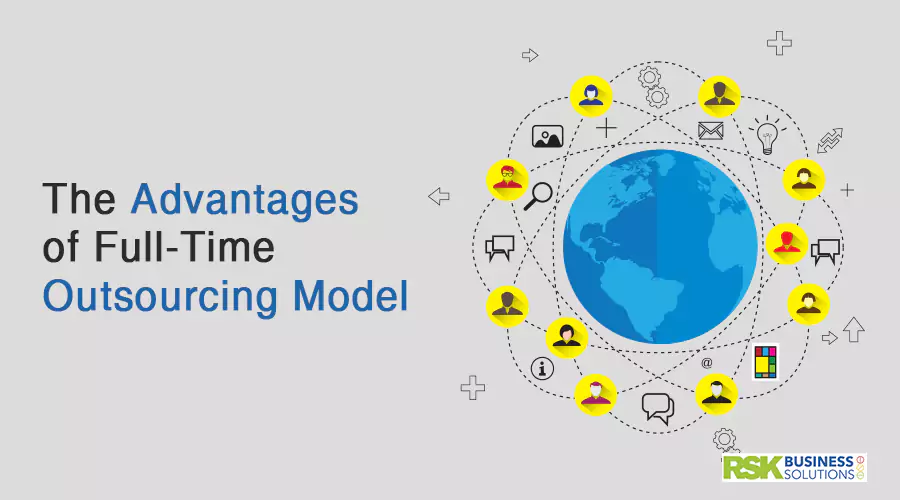
Product outsourcing is quite a controversial topic in the business world, and there are arguments both for and against it. Yet, it cannot be denied that outsourcing has simplified things for clients who simply lack the expertise, resources or both for project development. But even if you are opting for product outsourcing, one question remains: which outsourcing model to opt for?
Related Articles

IT Outsourcing
RSK BSL Tech Team
May 4, 2025
|
|

Mobile Application Development
RSK BSL Tech Team
April 30, 2025
|
|

Software Development
RSK BSL Tech Team
April 27, 2025
|
|

Hire resources
RSK BSL Tech Team
April 24, 2025
|
|

Software Development
Praveen Joshi
April 20, 2025
|
|

Artificial Intelligence
Praveen Joshi
April 17, 2025
|
|

Pen Testing
Praveen Joshi
April 15, 2025
|
|

AI Tech Solutions
RSK BSL Tech Team
April 14, 2025
|
|

Software Development
RSK BSL Tech Team
April 9, 2025
|
|

Pen Testing
RSK BSL Tech Team
April 7, 2025
|
|

Software Development
RSK BSL Tech Team
April 3, 2025
|
|

Cloud Application
RSK BSL Tech Team
March 31, 2025
|
|

Pen Testing
Praveen Joshi
March 27, 2025
|
|

Software Development
RSK BSL Tech Team
March 25, 2025
|
|

Software Development
RSK BSL Tech Team
March 20, 2025
|
|

Software Development
RSK BSL Tech Team
March 18, 2025
|
The Advantages of Full-Time Outsourcing Model
Product outsourcing is quite a controversial topic in the business world, and there are arguments both for and against it. Yet, it cannot be denied that outsourcing has simplified things for clients who simply lack the expertise, resources or both for project development. But even if you are opting for product outsourcing, one question remains: which outsourcing model to opt for?
In the broadest sense, there are two models for any sort of software development outsourcing: Full time and fixed specification. The differences between them are stark, and each comes with its own use-cases. However, not all models are created equal. When you dig deep enough, full-time outsourcing model comes out as the preferable option. Let’s take a look why.
Full Time Model: The MVP of Outsourcing
Full-time outsourcing model, also known as virtual employee model or dedicated resource model, is exactly what the name signifies. The model consists of a team of professionals who are dedicated to a single project, until its completion. In other words, it’s like having a virtual team working on your project. The client has full management control over the team, while the control of the bespoke software development company would be restricted to recruitment and administration. Instead of upfront payment, the payment is made on a monthly basis till the project’s completion.
The key benefits of having a full-time software outsourcing companies model are:
- Active participation of the client in the recruitment and hiring process of the team
- A sustained and thorough knowledge retention that could be reused in later projects
- Adaptability on behalf of the development team in accordance with the client’s requirements
- Constant communication with the team along with 24×7 availability
- Gaining expertise on the client side
- Assigning work and goals on a daily basis
That being said, the model is not a Swiss Army knife. There are only certain cases where a virtual outsourced team is desirable, like:
- If you need a complete team with all the roles but cannot afford to have them in-house
- If you want to balance between the offshore software product development cost and the quality of the team
- If you are not sure about your end goals and requirements, which may undergo frequent changes during the development process
- If your project has the chances of getting expanded and you need the option of scalability
One major point that goes in favor of full time outsourcing is the use of agile methodology. Most companies prefer agile software development methodology for developing their products, since it provides scope for unclear requirements and objectives. The dedicated outsourcing model is tailor-made for agile methodology and operates on the user stories instead of predefined requirements and goals.
Fixed Cost Mode: Not yet out of the game
It is worth noting that the other model of fixed-price outsourcing is not completely obsolete either. The fixed cost model is operated on a project-to-project basis. Here are the key features of a fixed cost model:
- The projects usually have a very well-defined set of goals and requirements, which are conveyed to the development team in the beginning
- Any deviation from the pre-determined development process is not integrated into the main project billing and is estimated separately
- Changes in the scope, requirement and budget need the approval of the development team
- The timeframe is usually linear and not iterative
- The payment is made in advance to the development team
As you can notice, the fixed cost model has its own use cases, but it is marked by lack of flexibility and scalability. Since most projects in the current scenario are built dynamically with ever-changing requirements, such a rigid model is generally not desirable. Also, even though fixed cost model appears cheaper at the first glance, any changes beyond the initial stage significantly increase the cost. This is the reason why you don’t see many companies opting for fixed cost outsourcing anymore.
Conclusion
It is safe to assume the full time software development agency in UK clearly takes the cake as the preferred outsourcing model for businesses. The model is just another example of how flexibility and scalability play important role in any business process.
Praveen Joshi
Praveen is a seasoned IT Solutions Leader and Director at RSK Business Solutions, a technology-driven IT Consulting Company that specializes in Bespoke Software Development, Agile Consulting, Mobile App Development, Smart Sourcing, and much more. For the last 17 years, he has been delivering quality custom IT solutions that help businesses achieve their goals.

 Share
Share Post
Post Tweet
Tweet Copy
Copy


